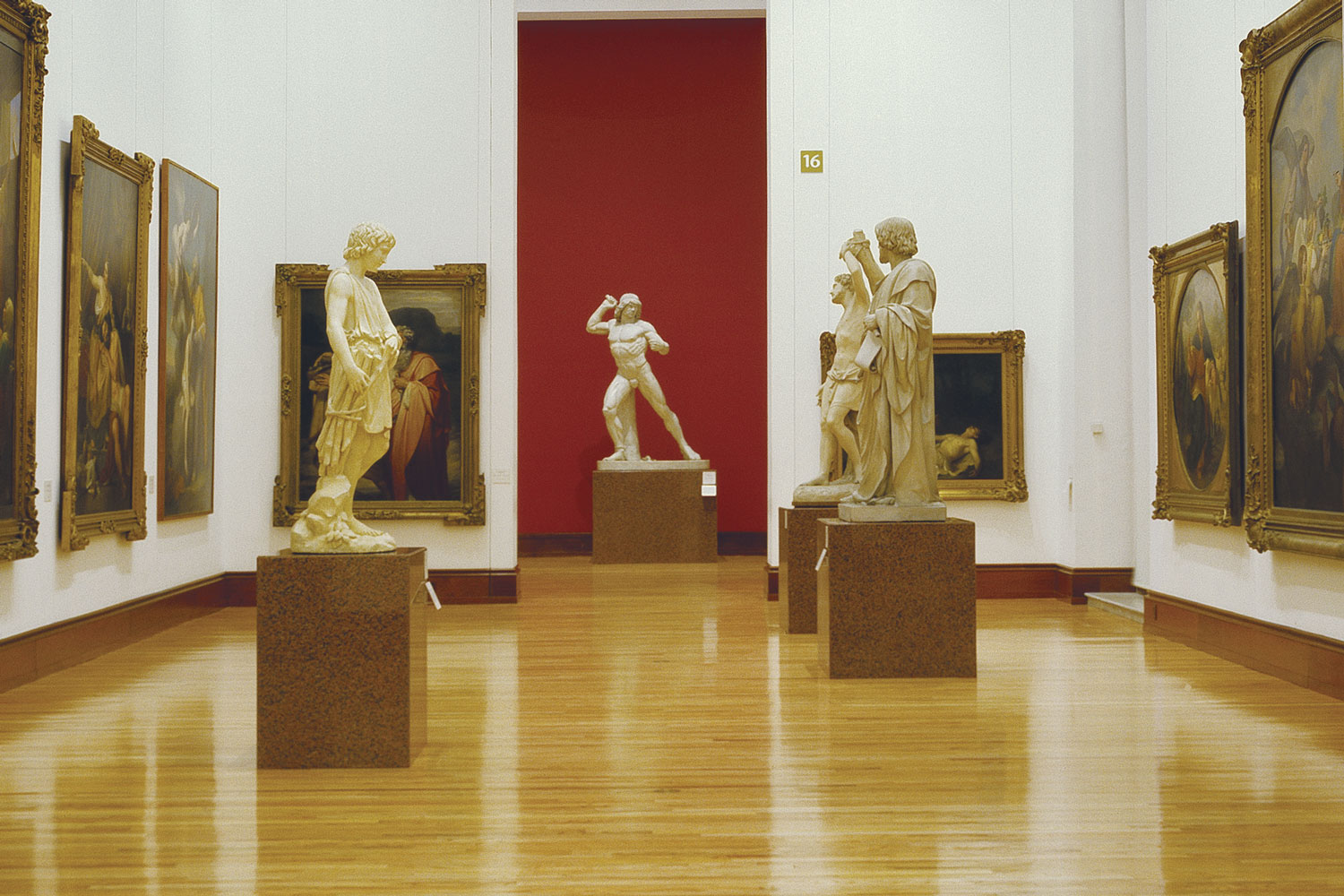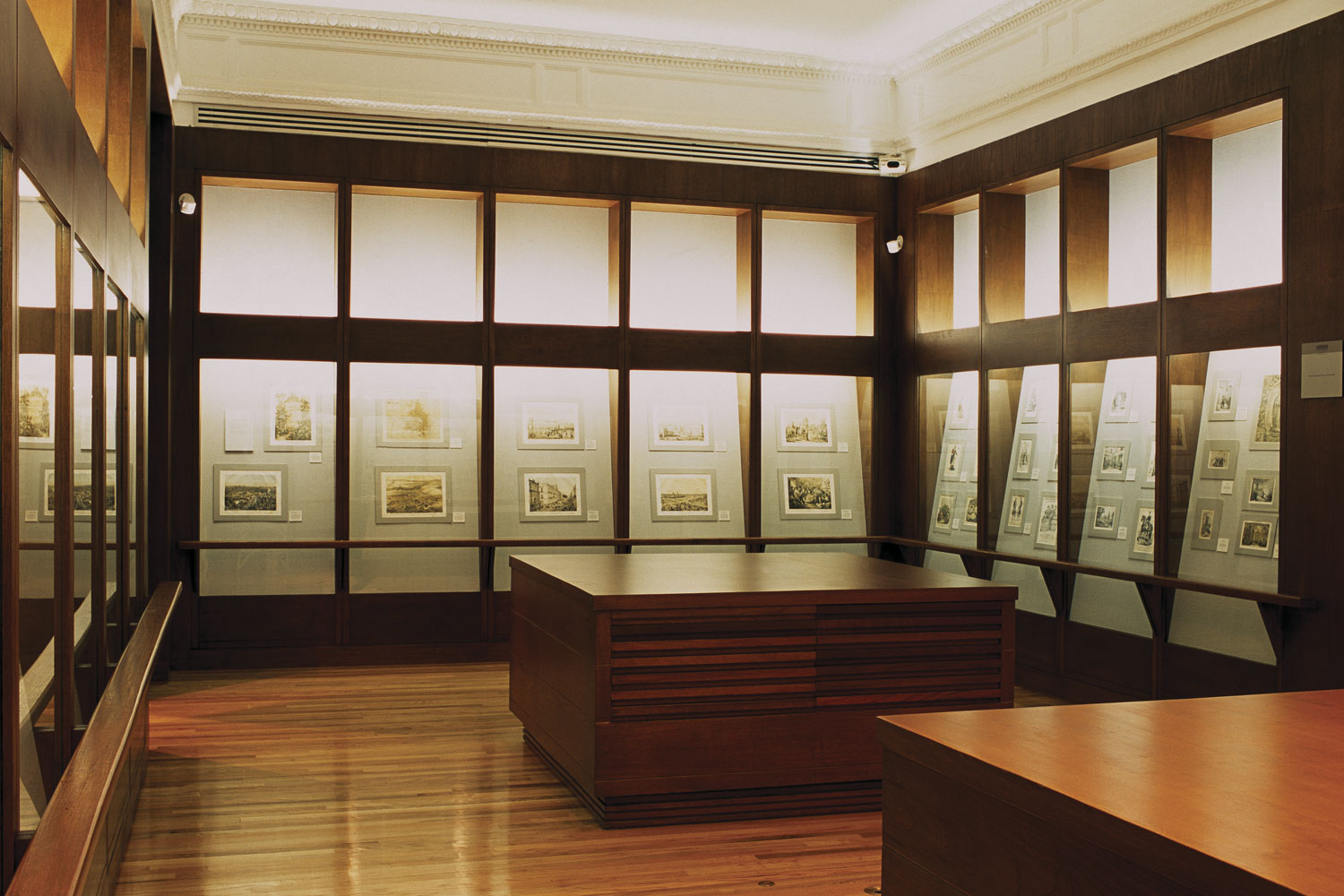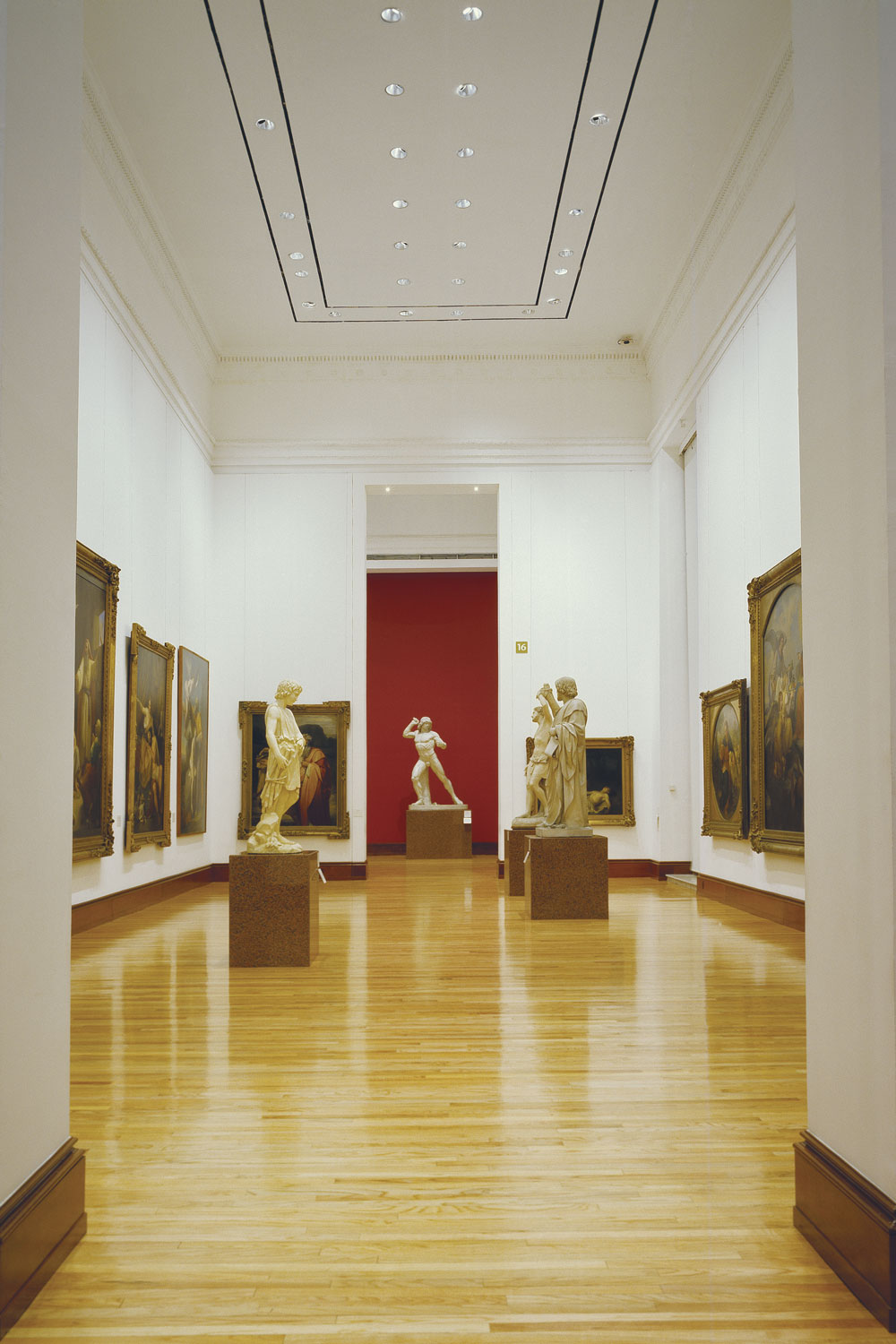Palace of Communications, Historical Center | Mexico City
About the project
The expansion and restructuring of the National Art Museum was one of the major undertakings on Mexico’s museum landscape, both because of the scope and the historical and cultural range of the building that houses the museum, as well as the size, richness and quality of its collections. The adaptation of the old Palace of Communications to the functions of a museum was governed by criteria including respect towards the historical and architectural values. The building set the pace for the exhibition design and structuring of the spaces.
The organization of the exhibitions, determined through an analysis of the collections and the architectural characteristics of the building—especially the notable differences in height and decorative treatment in its three main levels. This allowed for the design of exhibition sequences to complement the spaces, and to coordinate with the spaces and the works, articulated through clear circulations that allowed diverse viewing options.
The modifications necessary to give the building the technical installations of a contemporary museum, organize the exhibition circulation in ample and fluid display sequences, reduce the excessive natural light and increase vertical display surfaces, as well as to create vestibules for access to the exhibitions and control the interior conditions of temperature and humidity, were realized with forms, volumes, proportions and details that, once integrated to the architecture, characterize the new functions of the spaces. To provide optimal conditions of visibility and conservation of the works, the lighting uniformly bathes the display planes of the walls, through different systems according to the heights and particularities of the spaces.
The environments, thus renovated, modernized, open, but without altering their original essence, make up clean and quiet spaces, with the intention of making the museum a privileged space for encounters between the public and the art.


